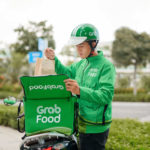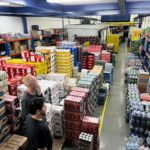In a deep dive with digital strategy consultant Jeffrey Towson, Cainiao’s SVP William Xiong shares the secrets behind their winning global strategy. Cainiao is leveraging advanced technology and data analytics to transform the logistics landscape, ensuring seamless cross-border e-commerce experiences. Their digital transformation strategy is not just about efficiency; it’s about building trust and reliability on a global scale.






